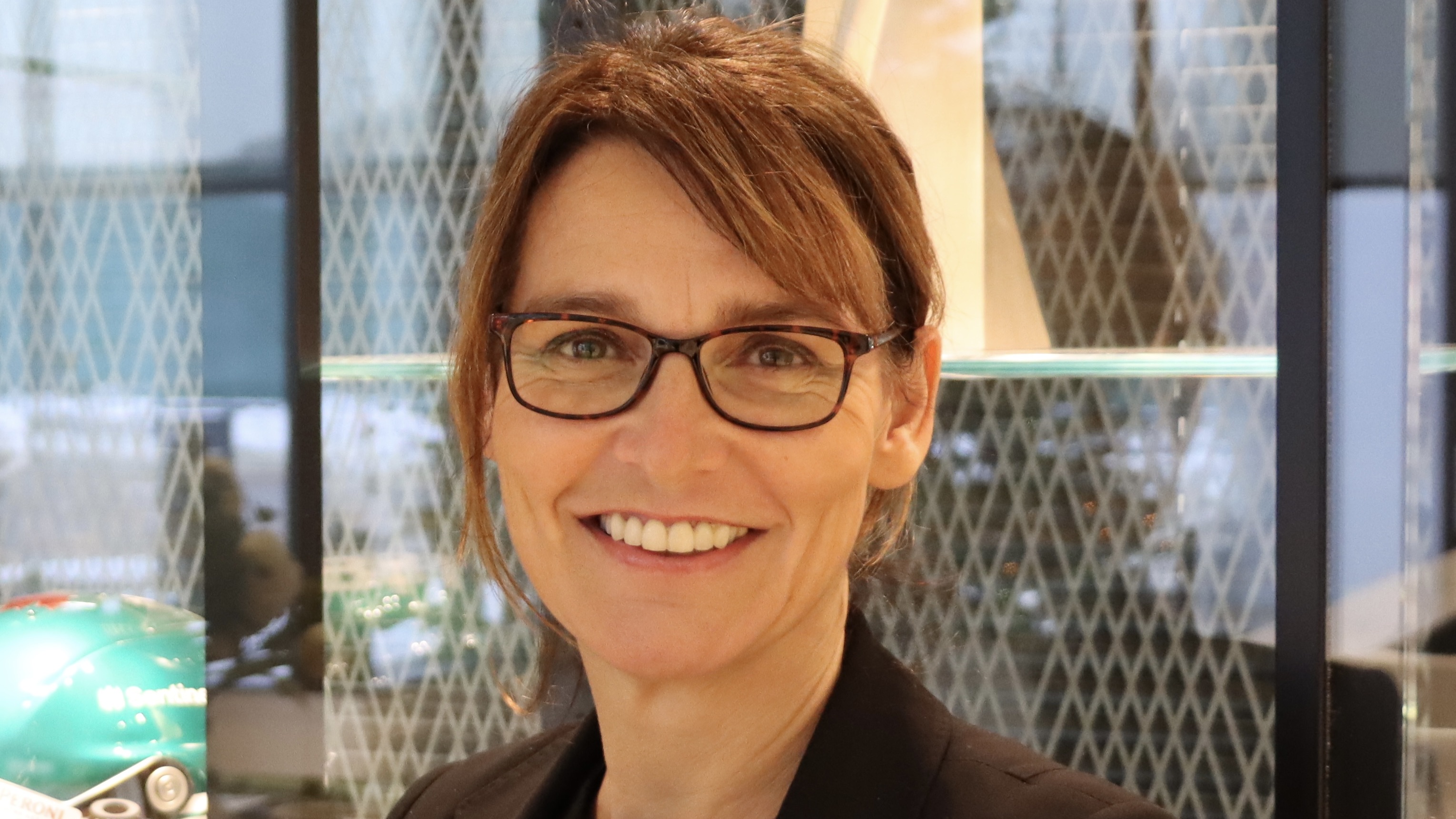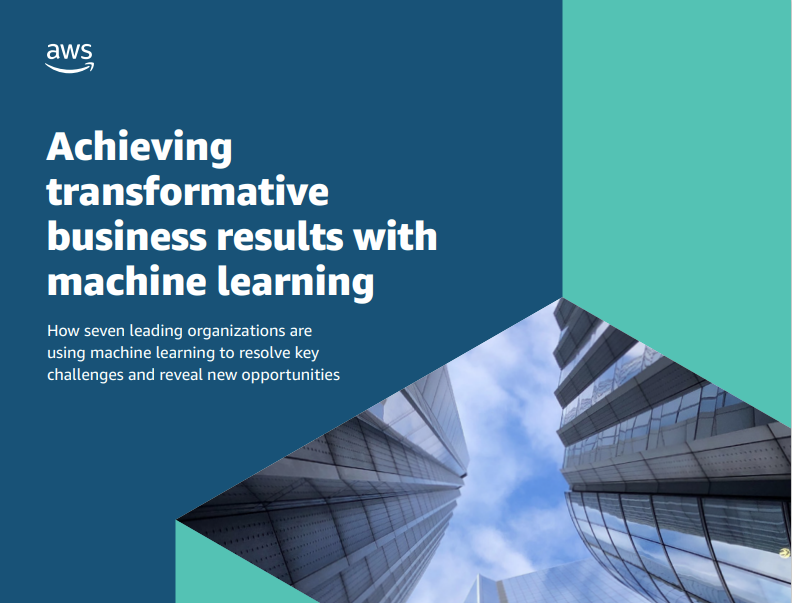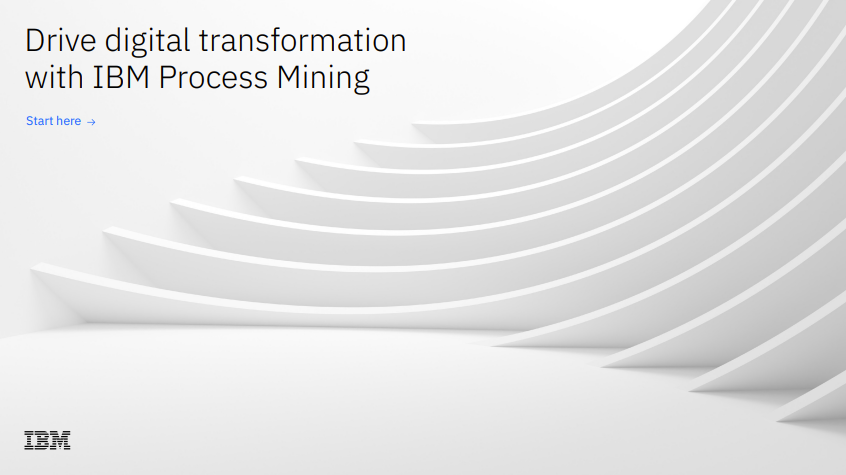Clare Lansley: The Aston Martin F1 CIO pioneering AI in motorsport
The Aston Martin Cognizant Formula One CIO is at the front seat of change in a male-dominated industry


CIO at Aston Martin Cognizant Formula One, Clare Lansley, is an IT leadership pioneer. By using artificial intelligence (AI) to bring automation to the fast-paced sport of F1, she’s pursuing digital transformation in an environment widely seen as a male preserve.
“I’m in a male-dominated industry – it’s a fact,” she tells IT Pro, reflecting on the challenge she’s taken on. “There is a big push here to have a much more diverse culture. We've got a good mix in IT already, but I want to do more. I think the broader industry can do much better.”
Lansley joined Aston Martin F1 in July 2022 and is enacting her plan to bring technological and cultural change to motor racing. Having formerly worked in senior IT leadership roles with Jaguar Land Rover and McLaren, she was well aware of the tests she was likely to encounter in the motor industry. However, it’s a challenge she relishes.
“When I stepped away from McLaren in 2016, I left to go on maternity leave,” she says. “I didn't know how I was going to juggle family life and get back to F1. When this opportunity came knocking, it was a case of ‘how can we make this work?’. I'm a single mum, so juggling all this is quite an effort – but it’s rewarding on both sides.”
Championing data-driven innovation in F1
Lansley’s already made an impact in her first six months. As CIO, she reports to the group chief commercial officer and manages an internal team of 40. Her priority has been setting up the technology organisation for long-term success. Honing that strategy demands a proactive, business-led approach.
“One thing that I did find amusing, within probably about three weeks of me starting this role, was that my team told me that I’m never at my desk,” Lansley explains. “That’s because I know I'm not adding value sitting here writing emails. If you want me, you’ll get me on chat on my phone because I'm always working around the business.”

Aston Martin's Sebastian Vettel competes in the Abu Dhabi F1 Grand Prix in 2022
Sign up today and you will receive a free copy of our Future Focus 2025 report - the leading guidance on AI, cybersecurity and other IT challenges as per 700+ senior executives
The technology strategy she’s enacting is closely related to demands of the FIA Cost Cap, which limits the amount teams can spend on cars. Working to these regulations means thinking very carefully about how the team’s IT budget is spent.
RELATED RESOURCE

Achieving transformative business results with machine learning
How seven leading organisations are using machine learning to resolve key challenges and reveal new opportunities
This thorough approach requires an effective balance between rationalisation, which means ensuring the legacy estate in minimised, and embracing innovation, which focuses on “smarter spending”. This is what Lansley refers to as tactical solutions that give the business the best possible bang for its buck.
What’s clear across all these areas is that the effective use of data can help off-track specialists ensure the team succeeds on the track. Lansley says emerging technologies, such as big data and AI tools, are pushing Aston Martin F1 in its drive to win races.
“Data has become the most basic element of knowing where your competitors and teammates are on the track,” she says. “If you take it away, you just don't know what's happening. There’s a triangle of people, process and technology in F1 – and data sits in the middle of that.”
Juniper Mist AI is transforming IT operations
To ensure an even tighter integration between these core elements, Lansley is using Juniper’s Mist AI technology to transform IT operations. The cloud-based platform uses a combination of AI, machine learning, and data science to optimise user experiences and simplify operations across the network.
“Our use of Mist AI is all about that automated reporting capability, which will deliver major benefits,” she says. “We're expecting it to add value through its self-heal properties, particularly around wireless connectivity and intelligent alerting. So, effectively, it's improving reliability to end users and ultimately the operation.”
Lansley gives an example: if a wireless access point seems a bit flaky, Mist AI will try and heal it. If it can’t, the system will send an alert to IT to say there’s a problem. Even if the team has to go and swap out a device that’s failed, Mist AI will automatically push the configuration for the old device straight to the new one.
“In terms of that preventative maintenance and reliability of service, it's really helping us,” she says. “It means my team can put their skills to value-adding tasks rather than just testing and replacing devices. It’s a level of AI that no other provider can deliver at this time. So, in terms of driving our digital future, the built-in intelligence is key.”
Lansley says her company started a conversation with Juniper a couple of years ago. The technology firm was keen to help the team on its journey towards winning the F1 Championship. The companies signed a partnership agreement during 2022 and Mist AI is now integral to business processes.
Today, the technology provides a single window on network activities across all locations. As well as monitoring kit such as switches on race days, the technology keeps an eye on configurations at the team’s headquarters at Silverstone and wind tunnels in Brackley. Juniper will also provide an automated network platform – including Mist AI – across the team’s new technology campus at Silverstone, which is due for completion this year.
Encouraging women to reach the pinnacle of IT
RELATED RESOURCE

Drive digital transformation with IBM process mining
A process discovery, analysis and monitoring technique to help businesses succeed throughout the entire DX journey
So, how does Lansley’s IT team feel about the technology? Is it difficult for people to adapt to new, automated ways of working? Lansley suggests not – and the explanation for that acceptance is directly related to the sport’s inherent reliance on data-led innovation.
“We're always looking at what the next technological evolution is going to be,” she says. “The mindset of my team is very much around cleaning up any items that we can see are going to end-of-life. We’re always looking to get our hands on the next, greatest thing. Change is a positive thing, particularly in our world. It's a given because things more so quickly.”
Lansley is keen to deliver more data-led benefits to the team. She’ll continue to support her IT organisation as they undertake this work, saying she’d rather hire for attitude – and an ability to accept cultural change – than specific technical capabilities. For other women who want to reach the pinnacle of IT, Lansley has clear advice.
“Go for it,” she says. “Don't let the fact that you haven't got a particular technology or an element of experience on your CV hold you back. I think there’s a responsibility on all employers to recognise that fact and to tone down the essential versus nice-to-have criteria because it's putting so many females off.”

Mark Samuels is a freelance writer specializing in business and technology. For the past two decades, he has produced extensive work on subjects such as the adoption of technology by C-suite executives.
At ITPro, Mark has provided long-form content on C-suite strategy, particularly relating to chief information officers (CIOs), as well as digital transformation case studies, and explainers on cloud computing architecture.
Mark has written for publications including Computing, The Guardian, ZDNet, TechRepublic, Times Higher Education, and CIONET.
Before his career in journalism, Mark achieved a BA in geography and MSc in World Space Economy at the University of Birmingham, as well as a PhD in economic geography at the University of Sheffield.
-
 Trump's AI executive order could leave US in a 'regulatory vacuum'
Trump's AI executive order could leave US in a 'regulatory vacuum'News Citing a "patchwork of 50 different regulatory regimes" and "ideological bias", President Trump wants rules to be set at a federal level
-
 TPUs: Google's home advantage
TPUs: Google's home advantageITPro Podcast How does TPU v7 stack up against Nvidia's latest chips – and can Google scale AI using only its own supply?